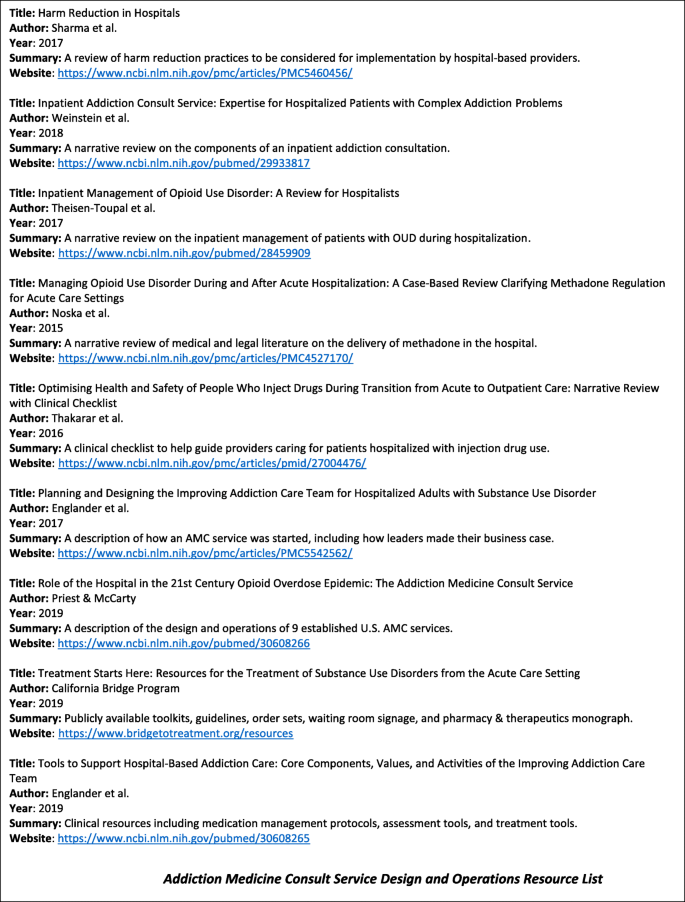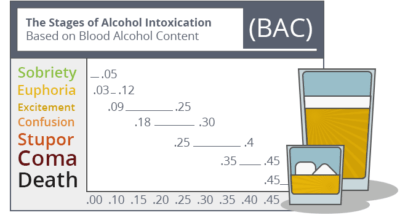Where To Go For Treatment Of Addiction To Video Games For Children for Beginners
The therapist can explain that the body functions relatively efficiently to rid itself of moderate amounts of psychoactive substances. Nevertheless, extreme use can damage organs and their connecting functions to the point of contributing to major health problems, including heart and pulmonary results, weight management problems, and neurological and mental disorders, to call a few.
Once again, the client's analysis of this tradeoff might differ thoroughly from the therapist's, so the therapist intervenes most effectively when geared up with both an open mind and the ability to assert clear, accurate details. Also, because clients are quite diverse in their opinions and analyses of the risks and advantages of compound use due to psychoeducation about drug impacts, the therapist remains attentive and responsive to the specific client's viewpoint and cultural standards (peer-review articles on how to create personal model for addiction treatment).
Even when the customer acknowledges the risky nature of compound use, the client for whom substance use issues have emerged in treatment also usually reveals some dream to continuing usage to obtain the benefits in spite of the risks, even substantial ones. A psychoeducational stance allows the therapist to remain more neutral while still triggering evaluation of different angles on the topic.

The human body has natural systems for obtaining reward and lessening damage from interactions with the environment, consisting of the intake of exogenous psychoactive compounds. Together these 2 sets of biological functions enhance the likelihood that an individual will continue using drugs or alcohol. The therapist essentially desires to interact that if modifications induced in the body by drugs are preserved over a long period of time by duplicated substance abuse, the capacity for damaging repercussions continues to increase.
Nevertheless, the fast actions and euphoric effects of drugs with high dependency potential provide strong gratification that can overshadow the user's interests in non-drug activities and awareness of delayed expenses of compound usage. Results like tolerance and withdrawal can promote the user to participate in more frequent administration of greater quantities of drugs.
How To Treatment Drug Addiction for Dummies
Therapists can help substance using clients to recognize the characteristics of withdrawal, tolerance and dependence. Compound withdrawal. Relating to withdrawal, some clients might not understand that particular symptoms they experience are attributable to the chemicals they are ingesting. Therapists can help inform such clients to the signs typically connected with the particular drugs the client has utilized (or is interested in using).

Other customers are acutely knowledgeable about their compound withdrawal signs, however state they have found out to live with them or do not believe there is much they can do about them. Still others think they are amusing, all simply part of a great night on the town. Whatever the client's point of view, the therapist encourages the client to elaborate, and after that to consider possible interventions to address the customer's own signs.
With regard to tolerance, the therapist informs the customer that simply due to the fact that the user's experience of a drug's results is lessened as tolerance develops, it doesn't mean the possible or real damage is reduced. In reality, while tolerance does not ensure issues, it may well increase the seriousness of an addictive condition, specifically personallies who are genetically, medically, or psychologically vulnerable.
Some clients who utilize substances clearly take pride in their high tolerance for their drugs of option (how many addiction treatment centers are there in the us). Trying to encourage a customer this is unwise will probably just raise resistance. But a psychoeducational intervention helps with equal consideration of different perspectives on the exact same subject, including awareness of reasons to feel casual or smug along with factors to be worried about customers' reported capabilities to handle themselves when intoxicated.
Addiction. Compound dependence, a term familiar to readers of the DSM-IV, was typically corresponded with addiction, however the term "Substance Reliance" was gotten rid of from the DSM-5, in efforts to enhance diagnose and simplify its explanation. The DSM-5 still describes "Substance-related and addicting conditions" in the basic heading for the entire diagnostic classification, while the intensity of the disorder is now described in regards to the variety of signs reported or displayed by the customer.
What Different Kinds Of Treatment Exist For Addiction Fundamentals Explained
To start with there is terrific confusion in the public, the media, and even amongst researchers and experts about how to distinguish chemical dependency from regular, unproblematic substance use. Terminology, descriptions, and ramifications differ extensively across persons using them. The therapist designs versatility through willingness to freely acknowledge numerous, even clashing point of views as they occur.
Second, lots of compound users fear or resent the label of addiction, and might have little dream to talk about or discover Get more info it. A benefit of a psychoeducational method is the capacity to present material in an abstract or gotten rid of fashion, even with a specific declaration that the information may or may not relate to the customer.
Clients might offer remarks about their own situations in reaction to discovering generalized material, or they may absorb information the therapist shares without verbalizing an action. The mindful therapist watches and listens for the client's nonverbal along with spoken reactions to psychoeducational material. A facial expression, a modification in body posture, or a wordless sigh or groan each acts as hints for the therapist to welcome comment. Therapists can supply approaches and clarify treatments by which clients can actively participate in purposeful change procedures. Clients frequently benefit from a therapist's assistance concerning identification and weighing of options, choice from amongst options, and execution of new methods through regular practice. Particularly because lots of people who fulfill criteria for substance use conditions have over-learned expectations of immediate gratification, therapists likewise need to emphasize patience with the progressive, approximate nature of modification.
A therapist can reinforce the customer's commitment to choices to prevent regression by generating alternative viewpoints and techniques to promote healthier coping activities. After clarifying possible barriers to treatment objectives, the customer and therapist expand the relapse prevention plan by specifying brand-new methods of considering problems and issues, new approaches for handling difficult emotions and disruptive habits, and new ways for the client to inhabit time.
Engaging customers in new recreation and assisting them develop occupational alternatives is necessary in preparing to prevent regression. Rewarding abstinence from compound usage, both overall and partial, and likewise enhancing alternatives to usage of drugs or alcohol are empirically supported techniques for increasing inspiration for modification (Miller, 2006). Common consider efficient treatments include boosting a customer's behavioral control abilities and altering reinforcement contingencies to incentivize abstinence (Carroll and Roundsaville, 2006).
